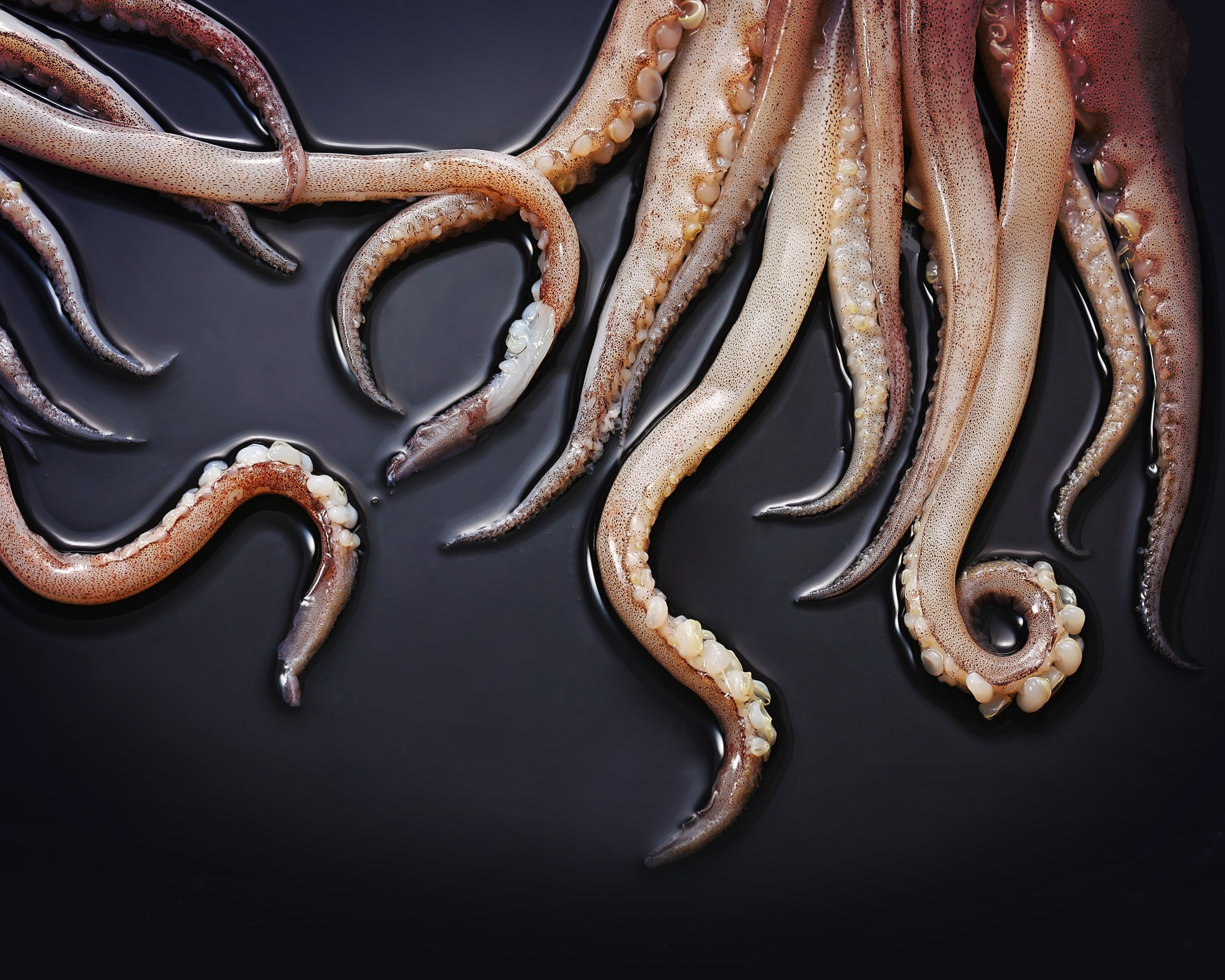Researchers have made quite a striking advancement and have managed to create a microwave-proof material that can not only block microwaves but can also block infrared and light. Additionally, this new “magical” material can also change to a transparent state, allowing IR and microwaves to pass through.
It’s an intriguing discovery that is highlighted very well in one of the most recent reports from The Debrief. According to those reports, the material was inspired by the properties of squid skin, which is able to shift from translucent to opaque and back. The hope is that this new material could be useful for creating “stealth” materials that can safeguard electronics and make buildings more energy efficient.
This magical material works differently depending on how you stretch or contract it, which is another part of what makes it so intriguing. This isn’t the first time we’ve seen a material capable of this, either. Previously we’ve seen materials that could block electromagnetic emissions, like microwaves, as well as materials that can just block infrared light.

However, seeing a singular material that can block both is exciting, because of the possible implications it has for the electrical and military world. The researchers say that they wanted to “integrated surface structures with a conductive network in a soft film that could quickly transition between shielding visible-to-microwave bands and allowing them through.”
A paper on the research details the discovery a bit more in-depth. The researchers utilized the tech by creating a two-layer film made up of nanowires and stretched elastomers. From here they stretched and contracted it to create tiny cracks and wrinkles on the surface of the material. It’s these cracks and wrinkles that allow the material to change what it blocks depending on how far out it is stretched or contracted.
When used in tandem with some of the other cool tech we’ve seen researchers come up with, like solar film that doesn’t need sunlight, this kind of material seems to point toward a bright future with a number of potential applications.








